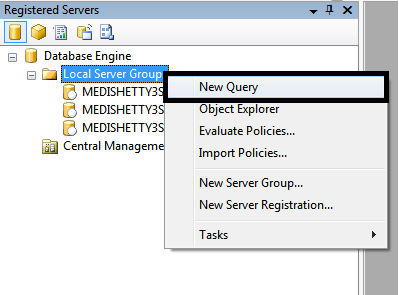This one is not related to SQL Server, in fact it is not related to any technology. This is about being responsible, to the society we live in and people we share this world with.
I laugh at people when they forward a chain email about an issue or a burning topic. Let me explain why I laugh at them; Instead of doing something towards solving the issue / problem in the email, these people forward email to friends making that issue a time pass issue, and at the same time feeling as if they are contributing to the solution of that problem.
One such email I received last fortnight was with pictures with different people suffering/ fighting with poverty or hardships with suitable captions as such as these, “Do you think you have too much burden to carry?” look at this—the pic has a cart with a huge pile and the person pulling it alone. “Do you always think of branded shoes?” look at this guy — the pic has a person who has no shoes and walking in dirt. “Do you worry you don’t have a great home?” look– the pic has people sleeping on the roadside pavements, the email was with such a list of 10-15 things. The funniest part was the person who sent it to me and the Tag line of the email. “Be content with what you are blessed and be kind in helping others”. This guy, from what I know of him, has never worried to help anyone in need nor donated anything towards charities. It’s not this guy in particular there are many whom you know as well.
Don’t we know that there is poverty and people are suffering from scarcity of food, water and many basic things? We do know it but do not pay attention in solving them. I feel pity for those and try my part in helping them by doing a little bit of charity works. as a part of that, I did donate blood last week and it is the 8th time I am doing so and 2nd time in the last 10 weeks. I am planning to donate as regularly as I can in the near future. My only suggestion to my fellow readers, work for a cause and help as little as possible in your capacity.
Next time when someone sends such a mail, do not forward it just for fun think for a while and when you have done your part in addressing the problem in the mail, include that and forward it thus motivating your friends and family to take that message serious enough rather than one of those read, enjoy and forward it emails.
–Bru Medishetty



